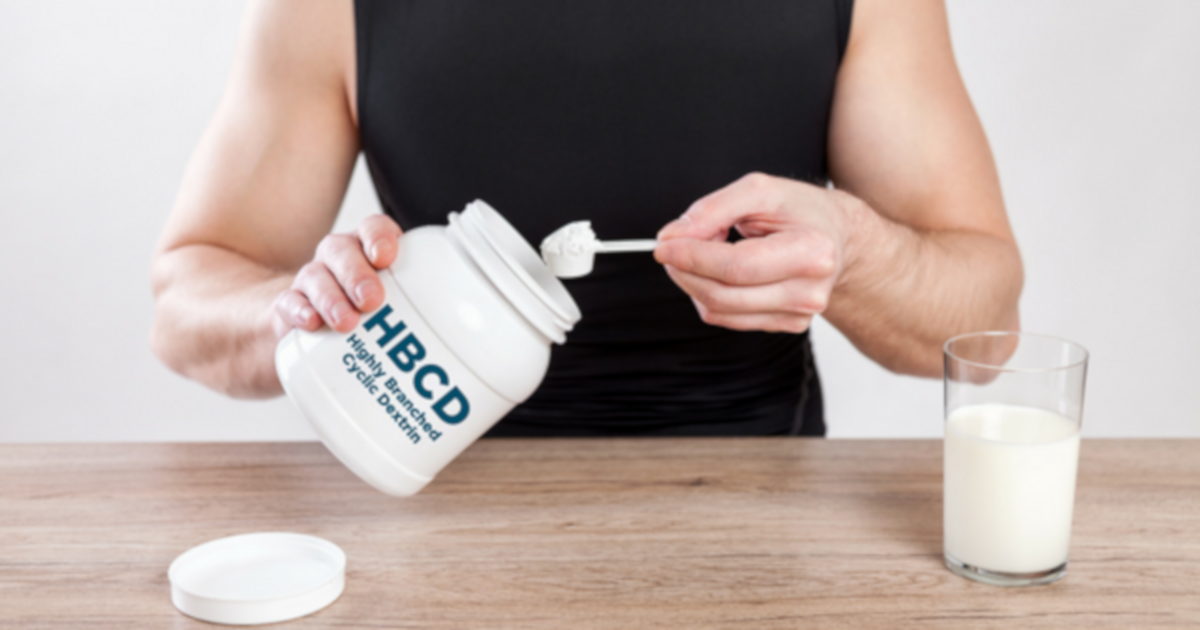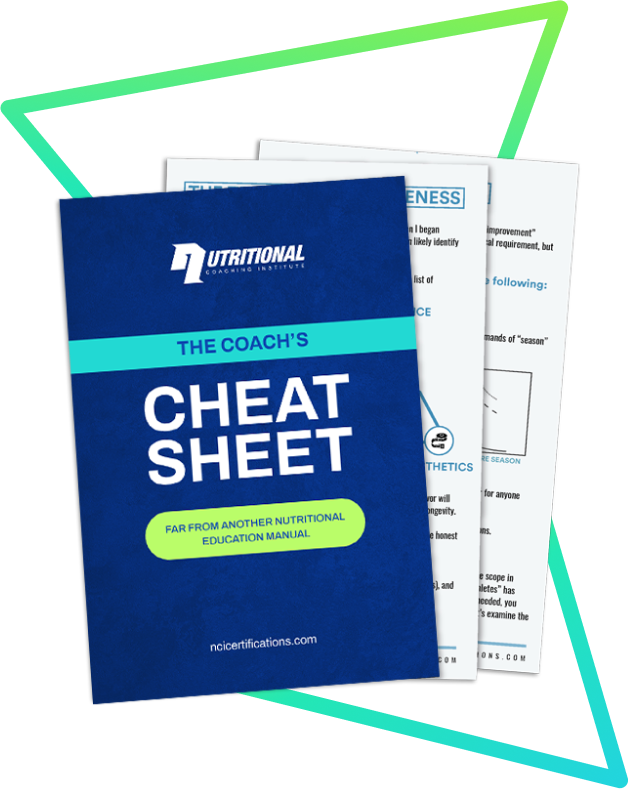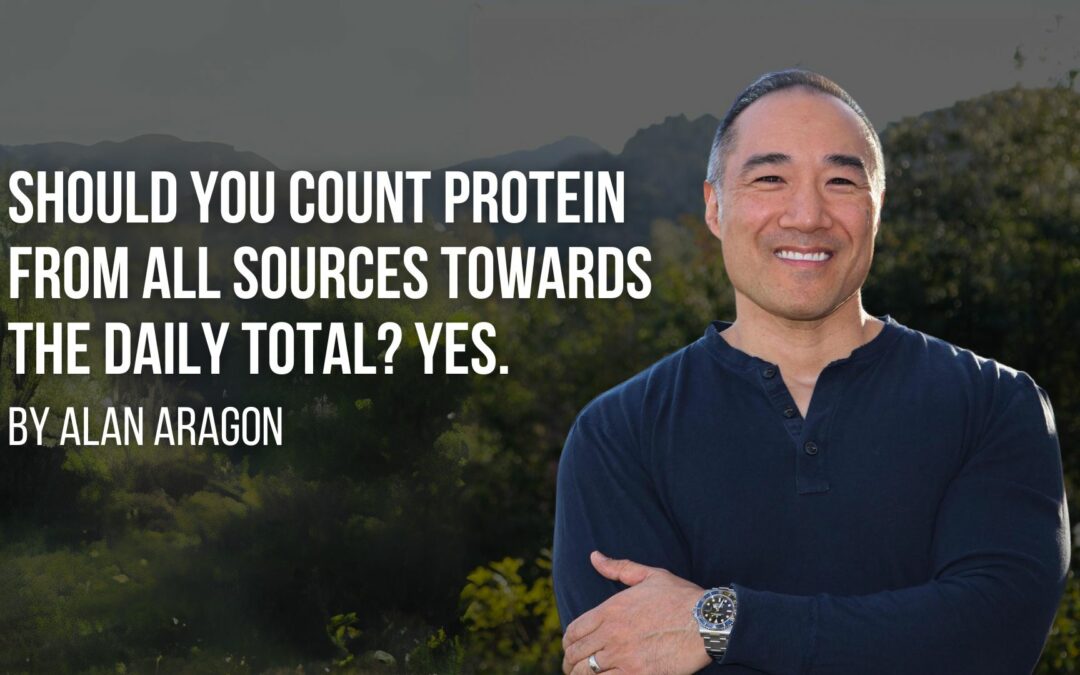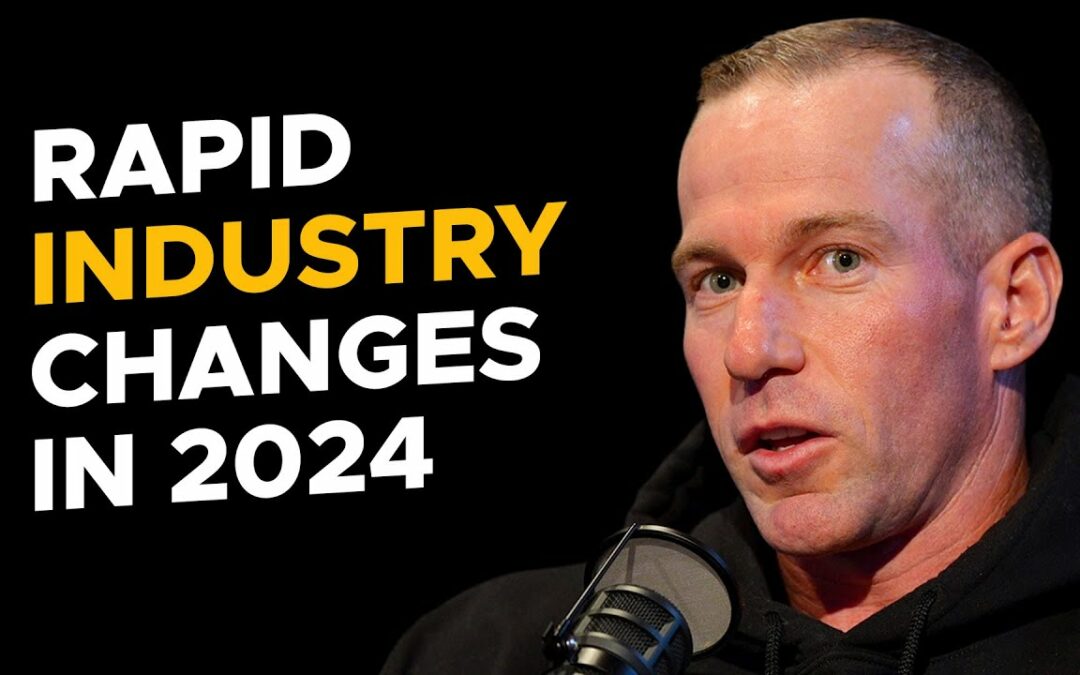It’s been talked about for years in the fitness world.
The magical “window of gains”.
Carbs and protein post-workout to get more “anabolic”. You know what I mean bro-tato chip?
Yea, ok. But WHY is it important? What’s occurring in the body physiologically that requires us to need carbohydrates post-exercise? To help out my gainzzz, bro-fessor!
Well, let’s take a closer look.
The biggest buzz word within the fitness and health community right now is:
Hormones.
Everyone is talking about them. The most popular one being cortisol (aka the ‘stress’ hormone).
First, let’s discuss the ‘why’ behind the cortisol-insulin relationship and how it affects us after training.
Insulin’s main function is to store excess energy substrate. When insulin levels increase, the body stores energy in the form of glycogen and fat.
Cortisol, on the other hand, moves energy out of cell stores making them readily available for use. When cortisol levels rise, insulin levels rise. Makes sense?
If cortisol is increasing blood glucose levels, insulin is released to lower blood glucose levels.
But what about during exercise? How is it different?
During exercise, insulin appears to decrease because our bodies are in a state of using stored energy.
Cortisol levels increase with exercise to stimulate gluconeogenesis (the creation of glucose) by breaking down protein into amino acids and converting them into glucose.
After a workout, due to multiple mechanisms in our body occurring at the same time, blood glucose concentrations are lower and muscle glycogen levels are decreased (degree of severity is dependent upon type and duration of exercise).
By ingesting carbs after we train, this promotes recovery by attenuating the cortisol response and allowing insulin to rise to support energy storage and glucose mobilization. The elevated insulin levels will help to drive nutrients into the muscle cells.
So instead of our body using it’s back up systems (breaking down muscle protein to convert into glucose) to replenish it’s glycogen stores, we can just speed up the refueling process and lessen the severity of damage by providing it with glycogen through a carbohydrate supplement. Overall faster recovery from workout to workout!
A study conducted by Haff et al found “when carbohydrates are given immediately after and 1 hour after resistance exercise, the muscle glycogen content …is returned to 91% of resting values compared with 75% of pre-exercise values in 6 hours when only water is given”(1).
Muscle glycogen’s role may be magnified when engaged in high volume bouts of anaerobic exercise performed at the same training day. The implications for any athlete who engages in both anaerobic and aerobic training modalities suggest the need for an efficient carbohydrate source is paramount in having a positive influence on performance.
But the cortisol-insulin relationship is not the only thing our body has going on during exercise.
There’s another system called the sympathoadrenal system that represents an axis between the branches of the sympathetic nervous system (SNS) and the adrenal glands.
This system imparts its effects through the synthesis, storage and regulated release of a group of hormones known as catecholamines, namely epinephrine (EPI or adrenaline), norepinephrine (NE or noradrenaline), and dopamine (DA).
Catecholamines promote the cellular uptake of glucose.
Before we even step foot into the gym, our catecholamine levels rise in response to the anticipatory effects of exercise.
The magnitude of elevation in sympathoadrenal activity is dependent upon type and duration of exercise. Exercise activities that place the greatest strain on anaerobic pathways show to have the highest response.
Our sympathetic nervous system prefers carbohydrates as its primary fuel source.
Carbohydrate intake is necessary post-workout in order to promote the highest amount of recovery after training that is highly taxing on our sympathetic nervous system.
When researching the effects of nutrient timing, Aragon and Schoenfeld found 0.4-0.5gm/kg LBM of high-quality protein had the maximal acute anabolic effect when consumed within 3-4 hours of a training session when combined with carbohydrates and carbohydrate has an additive effect on enhancing post-exercise muscle protein synthesis (2).
Other ways to promote less of a sympathetic nervous system response post-exercise is adding in parasympathetic activities like breathing or meditation work.
How can we capitalize on recovery even more?
By using a carbohydrate that is going to be used most efficiently during this time.
Half et al discovered carbohydrate supplementation prior to and every 10 min during resistance training resulted in a 13.7% decrease in muscle glycogen compared to a “26.7% decrease in muscle glycogen content…with placebo” (1).
Resistance training is not traditionally associated with carbohydrate supplementation but new research suggests it has a positive influence on muscle glycogen stores similar to that in aerobic exercise. Because resistance training is intermittent, a similar effect on muscle glycogen concentration is to be expected.
Haff, Lehmkuhl et al confirmed that glycogenolysis has been demonstrated to be an important energy supplier during high-intensity intermittent exercises such as resistance training in addition to aerobic exercise (1). The results of their studies indicated that muscle glycogen is an important fuel source and depletion of it has a negative effect on the total amount of work accomplished.
Highly Branched Cyclic Dextrin (HBCD) is superior to all other carbohydrate sources when it comes to post-workout recovery supplements.
Simple sugars have the ability to stimulate a strong spike in blood glucose concentrations, creating a strong rise in insulin – but this sets us up for a big crash.
Complex carbohydrates do provide a more sustained release in energy, but they are slow to digest and may leave you feeling bloated and lethargic.
What makes HBCD different?
HBCD is produced through the breakdown of starch and a unique enzyme is used to form clusters of sugar molecules. Further branching enzymes are then used to form the Cyclic Dextrin into longer chains. HBCD has a relatively high molecular weight and low osmolarity which speeds up gastric emptying (3). This means that after ingestion it will spend less time in your stomach compared to traditional carbohydrates and will, therefore, reduce discomfort when ingested during exercise (sloshing around in the stomach).
Another added bonus of HBCD is that it is absorbed more gradually and ensures that there is a continued uptake into the bloodstream (3). It provides a more sustained release of energy, unlike traditional carbohydrate sources which cause a sudden spike in blood sugar and a large insulin response.
A recent study by Shriaki ET Al study provided elite athlete swimmer 21gm/100ml solutions containing HBCD or Glucose. 500ml of each formula was ingested and results showed time to exhaustion for the HBCD was significantly longer compared to the glucose group by 70%; (4) suggesting HBCD may help athletes perform at their highest potential for longer durations before “gassing out”.
International society of sports nutrition has recommended the amount of Cho administered to be 1-2g,/kg of body weight 3-4 hrs prior to exercise” for peak performance, while Haff et al’s research suggested carbohydrates given immediately after (within 1 hour) exercise can replenish muscle glycogen content by an additional 16% compared to water alone (5).
For 180 pound man, this would mean 80-160 grams of HBCD would be the best amount to promote a superior performance and better recovery!
This product unique to IN3allows you as a nutrition coach to provide a superior fuel source for a variety of athletes and is not unique to one sport modality, but can be used for everyone from the long-distance runner to future CrossFit champion!
At the end of the day, everyone is looking for a leg up on the competition. Training “harder” than everyone else is no longer the answer.
I believe it’s now two things:
- Train smarter
- Recover faster
In essence, you should probably be training less, become a “carbivore” after you train, and live like a monk outside of the gym.
- Haff GG, Lehmkuhl MJ, Mccoy LB, Stone MH. Carbohydrate Supplementation and Resistance Training. Journal of Strength and Conditioning Research. 2003;17(1):187-196.
- Aragon A, Schoenfeld B. Nutrient Timing Revisited. Functional Foods. 2013:65-89.
- Takii H, (Nagao) YT, Kometani T, et al. Fluids Containing a Highly Branched Cyclic Dextrin Influence the Gastric Emptying Rate. International Journal of Sports Medicine. 2005;26(4):314-319.
- Shiraki T, Kometani T, Yoshitani K, Takata H, Nomura T. Evaluation of Exercise Performance with the Intake of Highly Branched Cyclic Dextrin in Athletes. Food Science and Technology Research. 2015;21(3):499-502.
- Pöchmüller M, Schwingshackl L, Colombani PC, Hoffmann G. A systematic review and meta-analysis of carbohydrate benefits associated with randomized controlled competition-based performance trials. Journal of the International Society of Sports Nutrition. 2016;13(1)





